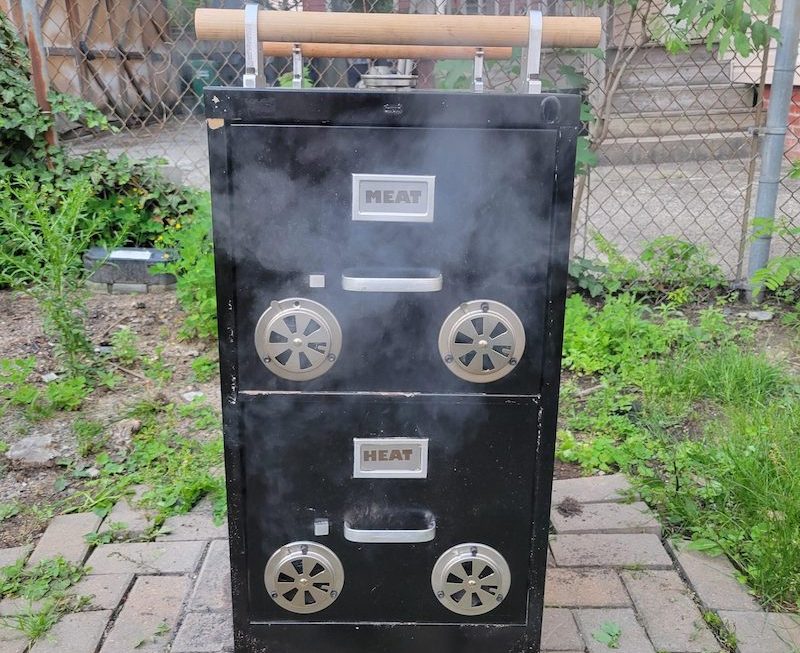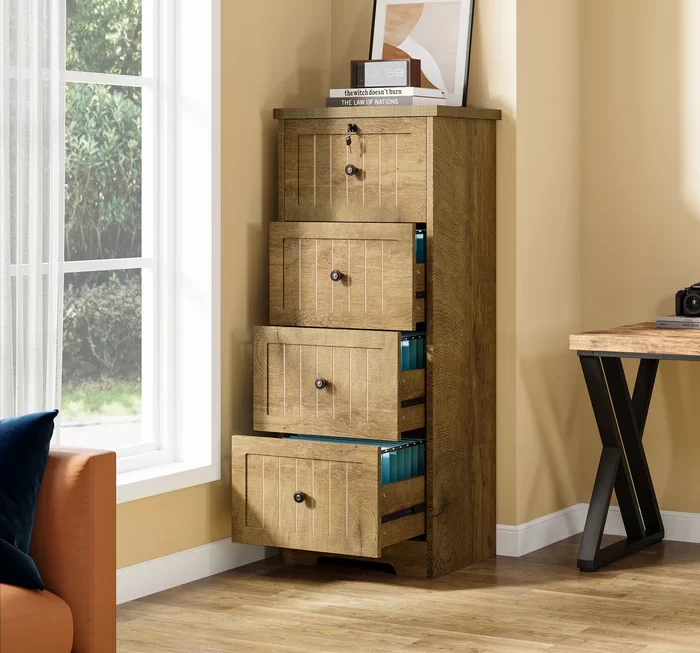That sinking feeling when your office chair slowly lowers throughout the day? It’s not just annoying; it can wreak havoc on your posture and productivity. Fortunately, how to stop a office chair from going down is often a simple DIY task. Let’s explore the common causes, quick fixes, and long-term solutions to keep your chair at the perfect height.
Why Does My Office Chair Keep Sinking? Unraveling the Mystery
Before jumping into solutions, understanding the culprit behind the sinking is key. Most office chairs use a pneumatic cylinder filled with pressurized air to adjust height. Over time, the cylinder’s seal can wear out, allowing air to escape and causing the chair to drop. Additionally, excessive weight or misuse can accelerate this wear and tear.
Quick Fixes: Temporary Relief for a Sinking Chair
Need a speedy solution? Try these temporary fixes while you gather materials for a more permanent repair:
- Hose Clamp Hack: Wrap a hose clamp around the exposed part of the pneumatic cylinder when the chair is at your desired height. Tighten the clamp to prevent the cylinder from sliding down. While not the most elegant solution, it’s surprisingly effective.
- PVC Pipe Support: Cut a PVC pipe to the length of the exposed cylinder at your preferred height. Split the pipe lengthwise and snap it around the cylinder. This acts as a temporary brace.
Remember, these are temporary fixes. They might not look great, but they’ll hold you over until you can tackle a more permanent solution.
Permanent Fixes: Solve the Sinking Problem for Good
For a lasting fix, consider these options:
- Replace the Cylinder: This is the most thorough solution. Order a replacement cylinder that matches your chair’s brand and model. With some basic tools, you can swap out the old cylinder for a new one, restoring your chair’s functionality.
- O-Ring Replacement: If you’re handy, you can attempt to replace the worn-out O-ring within the cylinder. This requires disassembling the cylinder and finding a compatible O-ring. Be warned, this is a more advanced repair.
- Commercial Repair Kits: Several companies offer repair kits designed specifically for sinking office chairs. These kits typically include spacers or clamps to hold the cylinder in place.
If you’re not comfortable with DIY repairs, a local furniture repair shop can often fix the cylinder for a reasonable fee.
Preventing Future Sinking: Tips for Chair Longevity
Once you’ve fixed the sinking issue, follow these tips to extend your chair’s lifespan:
-
Weight Limit
- Don’t exceed the chair’s recommended weight limit.
-
Gentle Use:
- Avoid abruptly dropping onto the chair or bouncing.
-
Regular Cleaning
- Keep the cylinder and surrounding areas clean to prevent dust and debris from damaging the seal.
-
Lubrication
- Occasionally apply a silicone-based lubricant to the cylinder to keep it moving smoothly.
Upgrading Your Chair: Time for a Change?
How to stop office chair from going down? If your chair is old, worn out, or simply not meeting your ergonomic needs, it might be time for an upgrade. Consider these factors when choosing a new chair:
- Ergonomics: Look for chairs with adjustable lumbar support, seat height, and armrests to ensure proper posture.
- Material: Choose breathable fabrics to prevent overheating.
- Durability: Invest in a chair with a sturdy frame and high-quality materials.
- Style: Pick a chair that complements your workspace and personal taste.
Sinking No More: A Comfortable and Productive Workspace
A sinking office chair shouldn’t disrupt your workflow. By understanding the causes and implementing the right solutions, you can restore your chair’s functionality and enjoy a comfortable, productive workspace. Whether you choose a quick fix, a permanent repair, or a brand-new chair, investing in your comfort is an investment in your well-being and productivity.

When to Seek Professional Help
While DIY fixes are often effective, some situations may warrant professional assistance:
- Complex Chair Mechanisms: If your office chair has a complicated lift mechanism or if you’re uncomfortable disassembling it, seeking professional repair is a safer option.
- Warranty Coverage: If your chair is still under warranty, contact the manufacturer or retailer for repair or replacement options.
- High-End Chairs: Expensive or specialized chairs may require expert handling to avoid causing further damage.
A professional furniture repair service can diagnose the problem accurately and perform repairs with expertise, ensuring your chair is back in top shape.
Ergonomic Considerations for a Healthy Workspace
While fixing a sinking chair is crucial, remember that overall ergonomics play a significant role in your comfort and well-being. Here are some tips for creating an ergonomic workspace:
- Monitor Height: Position your monitor so the top of the screen is at or slightly below eye level.
- Keyboard and Mouse: Keep your wrists straight and elbows close to your body while using the keyboard and mouse.
- Posture: Sit up straight with your feet flat on the floor or on a footrest. Avoid slouching or hunching over your desk.
- Breaks: Take frequent breaks to stand up, stretch, and move around.
By incorporating ergonomic principles into your workspace, you can reduce the risk of musculoskeletal problems and improve your overall comfort and productivity.
The Environmental Impact: Repair, Don’t Replace
Choosing how to stop chair from going down instead of discarding it is a sustainable choice. By extending the lifespan of your chair, you reduce waste and minimize your environmental footprint.
Consider these eco-friendly options:
- Donate: If your chair is still functional but no longer suits your needs, donate it to a charity or thrift store.
- Recycle: If your chair is beyond repair, check with local recycling centers to see if they accept office furniture components.
- Upcycle: Get creative and repurpose parts of your old chair for other projects.
By making conscious choices, you can contribute to a greener and more sustainable future.
A Comfortable Seat for Success
A well-functioning office chair is essential for comfort, productivity, and overall well-being. Whether you choose a DIY fix, professional repair, or a new ergonomic chair, investing in your comfort is an investment in your success. Say goodbye to that sinking feeling and enjoy a workspace that supports your health and productivity.
Office Chair Mechanics: A Deeper Dive
To fully understand how to fix a desk chair keeps lowering, it’s helpful to know how the pneumatic cylinder works. This component is essentially a gas spring. When you pull the lever to raise the chair, you release pressure on the cylinder, allowing gas to expand and push the piston upwards. Conversely, pushing the lever down compresses the gas, lowering the chair.
The key to preventing sinking lies within the cylinder’s seal. This seal is responsible for keeping the pressurized gas inside the cylinder. When the seal wears out, air escapes, and the chair gradually lowers. Replacing the cylinder or the O-ring within it addresses this issue.
Alternative DIY Solutions: Beyond Hose Clamps and PVC Pipes
How to stop office chair from going down? While hose clamps and PVC pipes offer quick fixes, other creative DIY solutions exist:
- Duct Tape: Wrap several layers of duct tape around the base of the cylinder to increase its diameter and create friction, preventing it from sliding down. This is a less durable solution but can be a temporary fix in a pinch.
- Zip Ties: Similar to duct tape, zip ties can be used to create a tight band around the cylinder to hold it in place. However, this may not be as effective for heavier users or chairs with a worn-out cylinder seal.
- Wooden Dowels: If you have woodworking skills, you can create custom-sized wooden dowels to fit snugly inside the cylinder, preventing it from lowering. This requires precise measurements and careful installation.

Choosing the Right Replacement Cylinder: Ensuring Compatibility
If you opt to replace the pneumatic cylinder, it’s crucial to choose the correct size and type for your chair. Here’s what to consider:
- Diameter: Measure the diameter of your existing cylinder to ensure a proper fit.
- Stroke Length: This refers to the distance the cylinder can travel when extended and retracted. Choose a stroke length that matches your chair’s height adjustment range.
- Weight Capacity: Ensure the new cylinder can support your weight and the intended use of the chair.
Consult the chair’s manual or contact the manufacturer for guidance on choosing a compatible replacement cylinder.
Office Chair Ergonomics: Beyond Sinking Issues
How to stop office chair from going down? While a office chair losing pressure is a common problem in 2024, other ergonomic issues can affect your comfort and well-being. Consider these additional factors:
- Seat Pan Angle: A slight forward tilt of the seat pan can help maintain proper posture and reduce pressure on your back.
- Backrest Angle and Height: The backrest should support your entire back and be adjustable in both angle and height.
- Armrest Height and Width: Armrests should allow your shoulders to relax and your elbows to be bent at a 90-degree angle.
Adjusting these settings can significantly improve your comfort and reduce the risk of musculoskeletal problems.






